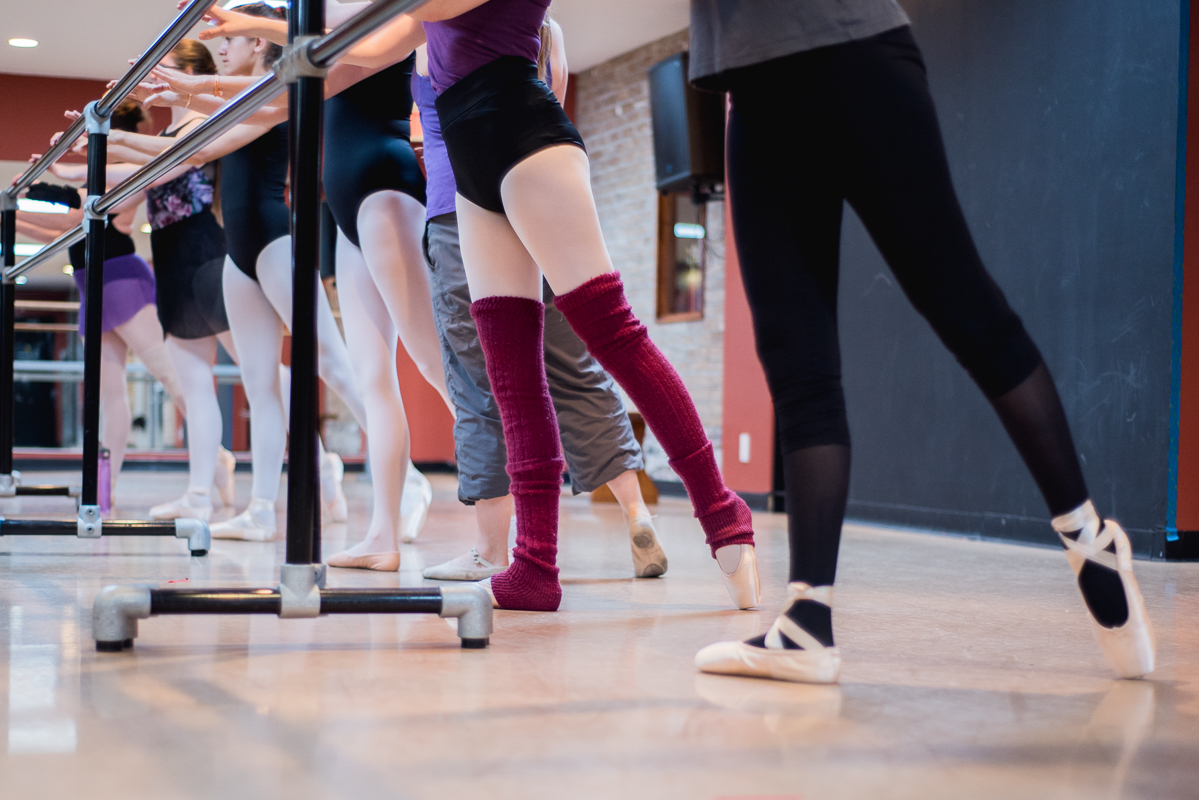Medial tibial stress syndrome – more commonly known as shin splints, is one of the most common stress injuries impacting dancers, and ballet dancers in particular. One of the most common overuse injuries, shin splints are the result of repeated stress to the muscle tissue surrounding the tibia. This stress causes the tibial lining and the muscles in the lower legs to become irritated, making them unable to absorb shock. Characterized by a burning or shooting pain located up and down the inner side of the tibial bone, shin splints can last for weeks without proper care and rest.
What causes shin splints? Overuse and sudden increases in intensity of activity are most often to blame. However genetics can also play a role, as dancers with short Achilles tendons, hypermobile joints, or tight calves are often at a greater risk of injury. Faulty technique is another major contributor to the development of splints: Poor training habits such as failing to get the heels down in plié when jumping, or pronating the ankles, puts undue stress on the calf muscles.
Luckily, shin splints, while aggravating, are easily treatable. The most important treatment for splints is rest. Continued aggravation of the lower leg muscles will cause shin splints to last longer and intensify, and may lead to stress fractures, a more serious injury. Resting, especially from jumping and intense pointe work until the legs are healed is critical; icing to reduce inflammation, Kinesio tape, and a careful stretching routine can encourage the muscles to relax and provide pain relief.
More importantly than being easily treatable, shin splints are easily preventable. The best preventative measure is to address the underlying technical faults that are causing undue stress on the calves. Making sure to work through the feet in relevé and plié when on pointe, ensuring proper lower leg alignment, and pressing the heels down after jumps, will help to prevent further injury. Dancers should also pay proper attention to stretching out the hips and calves, which take the most stress during jumping, and are particularly vulnerable to stress.
While rest and retraining are the best treatments for splints, it is important that dancers consult with a medical professional, particularly if symptoms persist for more than two weeks, or if the pain intensifies and concentrates in a particular spot along the tibia. Many of the symptoms of shin splints are also common to stress fractures, a more serious injury that can take the dancers out of the studio for months. Seeking proper treatment for fractures is critical to maintaining overall health and continuing to dance without further complication.
Alex Raposo
Alex has returned to dance as an adult after a ten year hiatus, and has dabbed in a variety of dance styles including jazz, acro and ballet. She is currently enrolled in the Royal Academy of Dance Exam Program at Joy of Dance.


